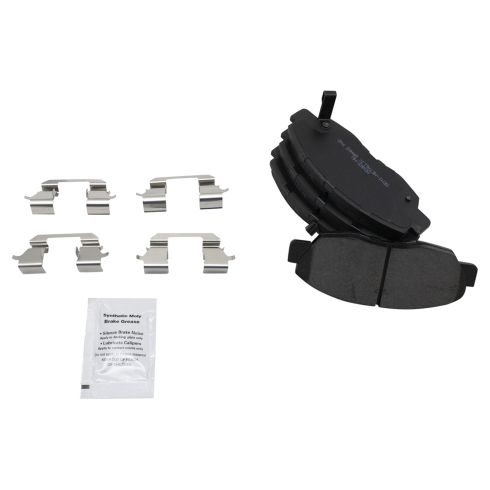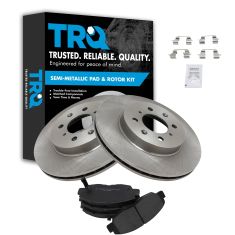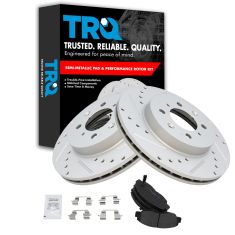1ABPS03050-Honda Accord Civic Insight Acura CL Front Semi-Metallic Brake Pads TRQ BFA73596

Replaces
2011 Honda Insight Front Semi-Metallic Brake Pads TRQ BFA73596

Product Reviews
Loading reviews
5.00/ 5.0
1
1review
Great brakes
October 21, 2024
Great product the video helped went in smooth
Customer Q&A
No questions have been asked about this item.
Honda is a registered trademark of Honda Motor Co., Ltd. 1A Auto is not affiliated with or sponsored by Honda or Honda Motor Co., Ltd.
See all trademarks.
















